Gallery: Well-Dressed Headless Statues
Roman Statues
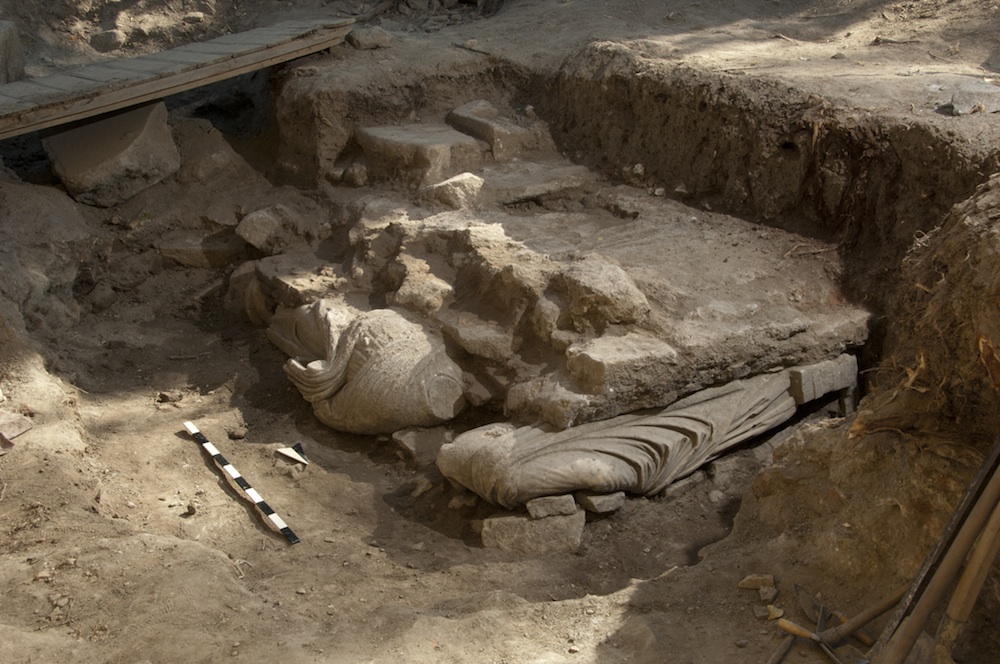
Two recently discovered headless Roman statues were re-used as building material.
Two Statues

One statue is of a local notable. The other is likely a governor. One is likely from about 200 A.D., while the other was made around 450 A.D.
Aphrodisias Statues
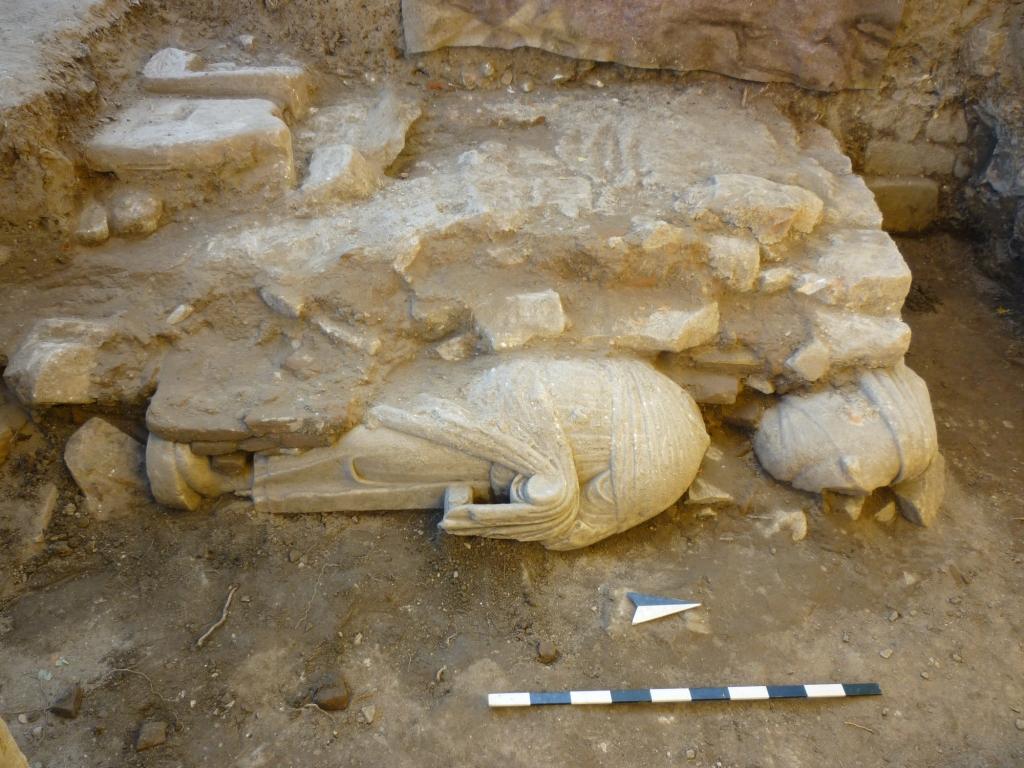
The statues were found in the ancient city of Aphrodisias in what is now Turkey.
Excavating the Statues
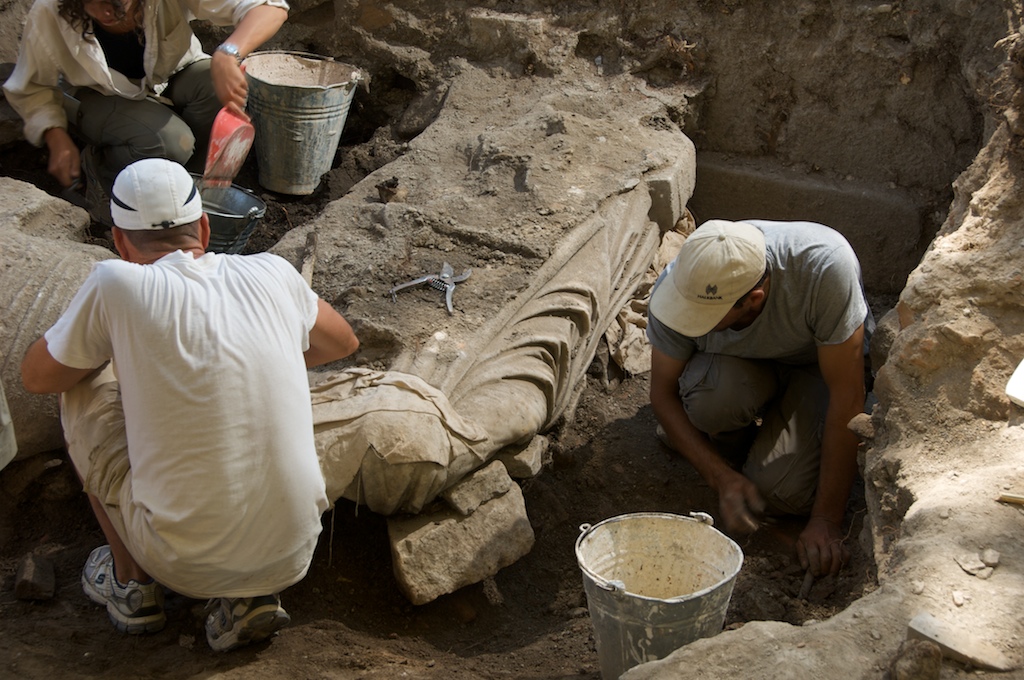
The two headless Roman statues were found in August 2012.
Statue Story

Early medieval builders used the Roman-era sculptures as a foundation for building materials.
Taking Notes

Archaeologists believe the statues' heads probably broke off before they were recycled as building material.
Headless Statues
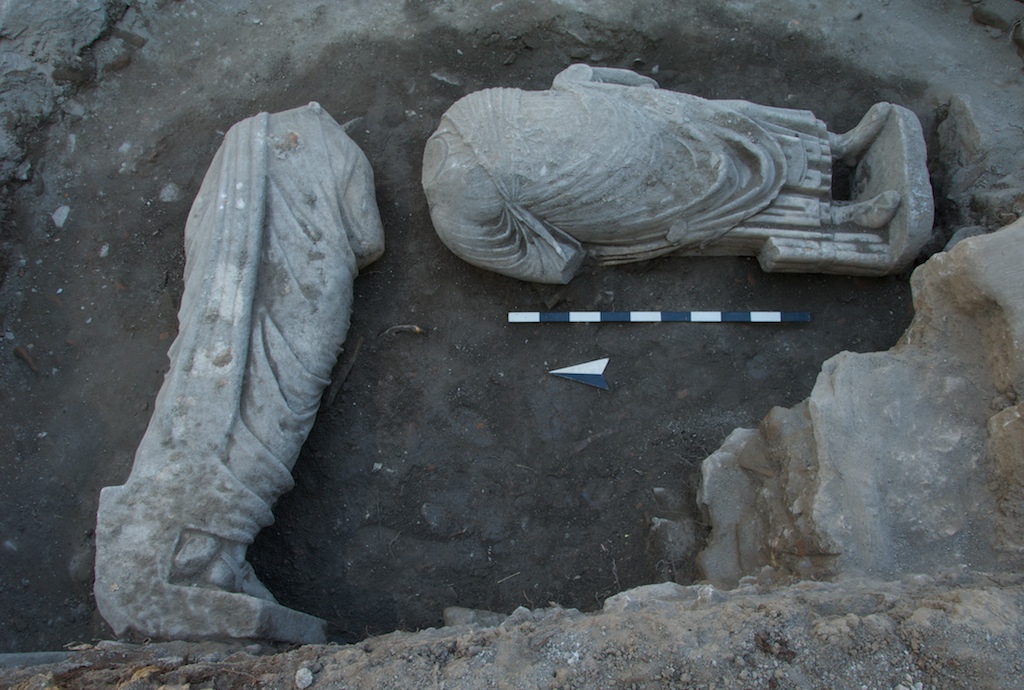
Two headless Roman-era statues were recycled by medieval builders as foundation material.
Get the world’s most fascinating discoveries delivered straight to your inbox.
Roman Statues
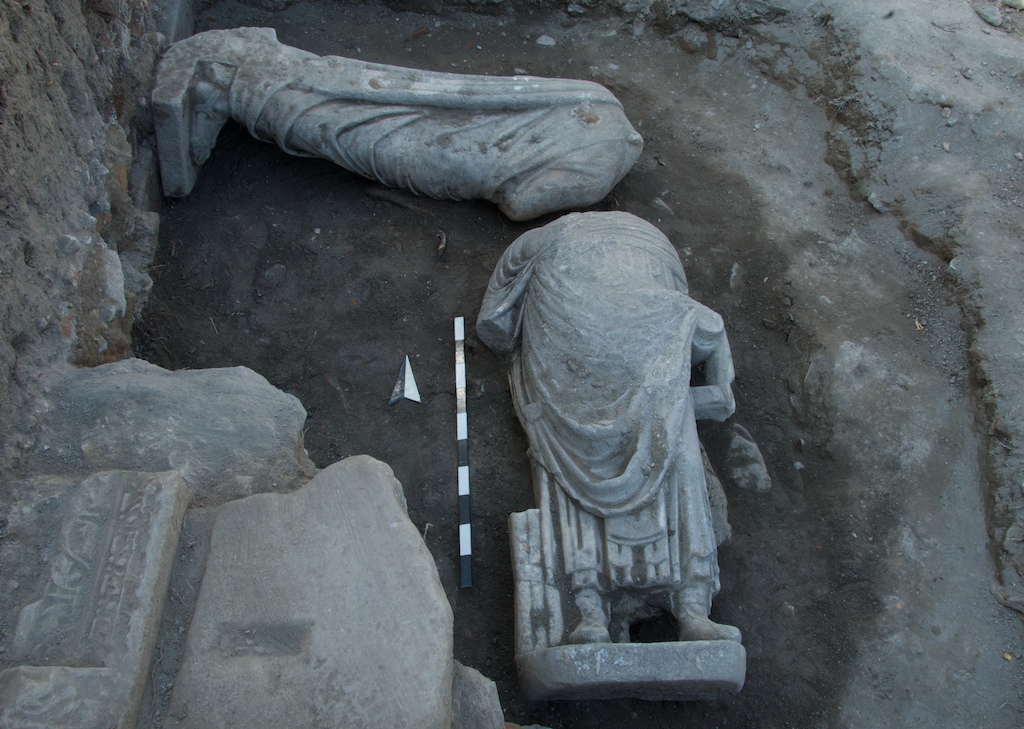
The statues' clothing and carving styles allowed archaeologists to date them.
Measuring the Statues

A member of the archaeology team takes measurements.
Examining Statues
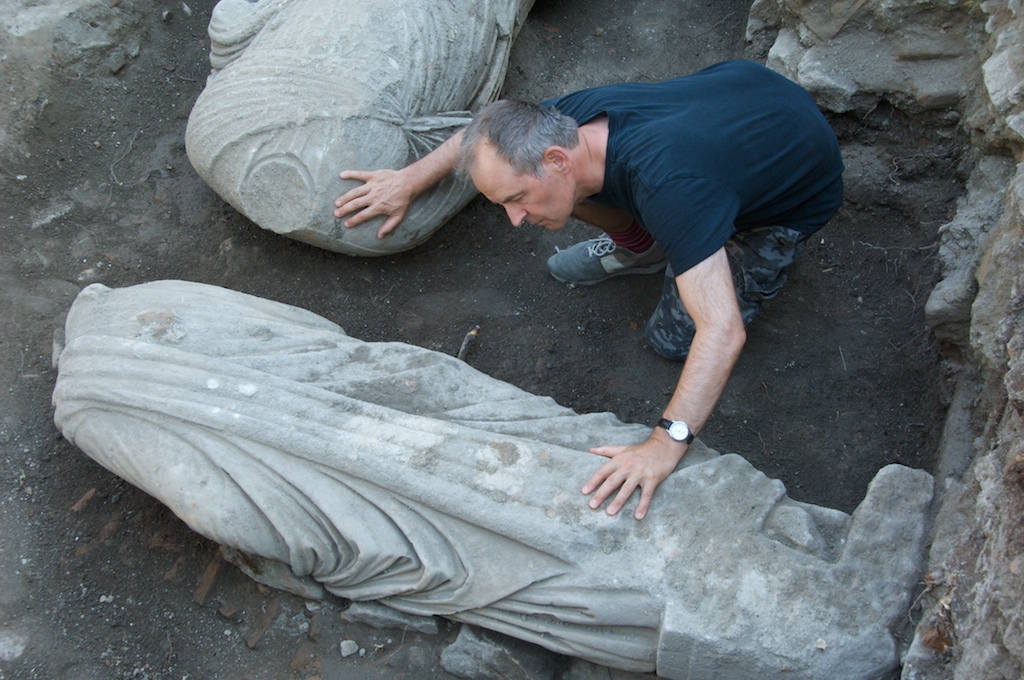
Archaeologist R.R.R. Smith examines two headless Roman statues found in Turkey.
Excavating Headless Statues

R.R.R. Smith and his team have been excavating along "Tetrapylon Street," a boulevard in Aphrodisias, since 2008.

Stephanie Pappas is a contributing writer for Live Science, covering topics ranging from geoscience to archaeology to the human brain and behavior. She was previously a senior writer for Live Science but is now a freelancer based in Denver, Colorado, and regularly contributes to Scientific American and The Monitor, the monthly magazine of the American Psychological Association. Stephanie received a bachelor's degree in psychology from the University of South Carolina and a graduate certificate in science communication from the University of California, Santa Cruz.


